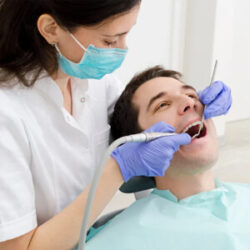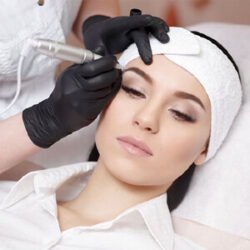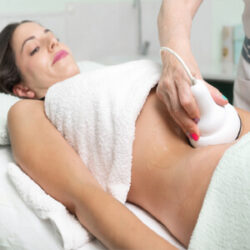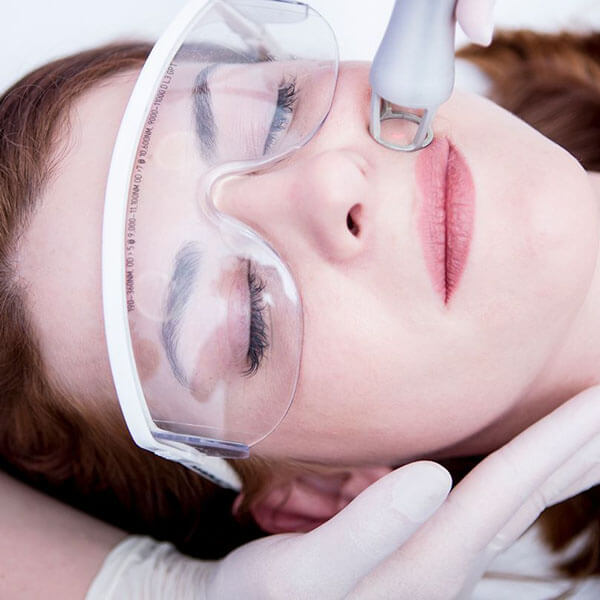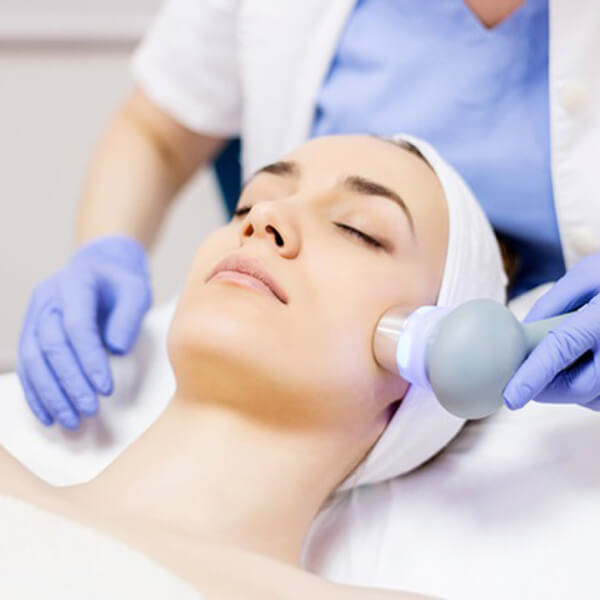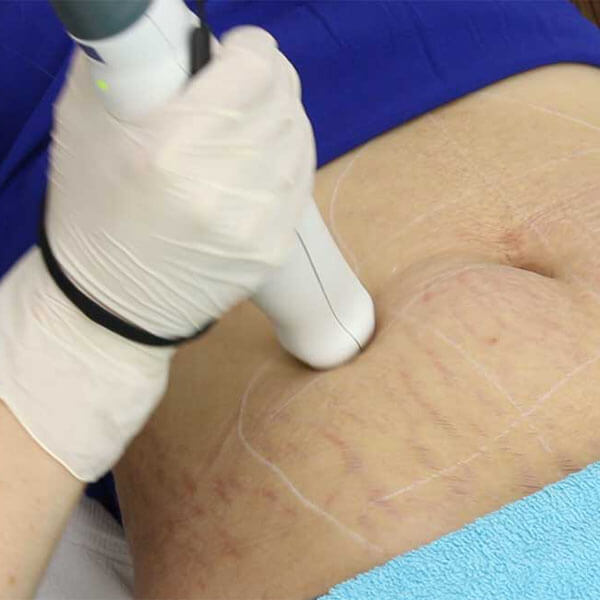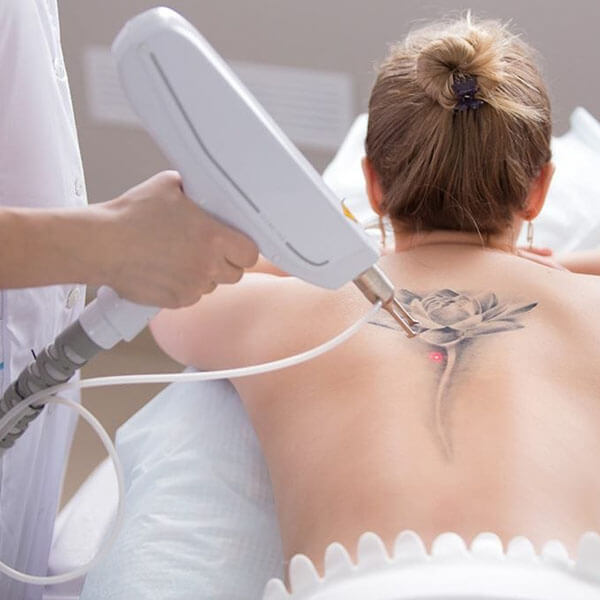1. **What Is Laser Skin Rejuvenation?**
– Laser skin rejuvenation is a cosmetic procedure that uses laser technology to enhance the overall appearance of the skin. It promotes collagen production, improves skin texture, and addresses concerns such as fine lines and enlarged pores.
2. **What Is Laser Skin Resurfacing?**
– Laser skin resurfacing is a more intensive procedure that involves the removal of outer layers of skin. This process stimulates the growth of new, healthier skin cells and is used to address more significant concerns, including deep wrinkles, scars, and sun damage.
3. **How Do Lasers Improve the Skin?**
– Lasers work by delivering concentrated beams of light that target specific skin concerns. The energy can stimulate collagen production, promote skin regeneration, and address issues like wrinkles, fine lines, and scars.
4. **What Types of Lasers Are Used for Skin Rejuvenation and Resurfacing?**
– Various types of lasers are used, including ablative lasers (CO2, Erbium) that remove layers of skin, non-ablative lasers that stimulate collagen without removing skin, and fractional lasers that treat only a fraction of the skin at a time.
5. **What Conditions Can Laser Skin Rejuvenation and Resurfacing Treat?**
– These procedures can address a range of skin concerns, including fine lines, wrinkles, sun damage, age spots, acne scars, uneven skin tone, and enlarged pores.
6. **Who Is an Ideal Candidate for Laser Skin Procedures?**
– Ideal candidates are generally individuals with fair to medium skin tones. Darker skin tones may be more prone to pigmentation changes and may require specialized lasers.
7. **What Is the Difference Between Ablative and Non-Ablative Lasers?**
– Ablative lasers remove layers of skin, offering more intensive results but with longer downtime. Non-ablative lasers stimulate collagen without removing skin, resulting in a milder procedure with shorter downtime.
8. **Is the Procedure Painful?**
– The level of discomfort varies, and practitioners often use local anesthesia, topical anesthetics, or sedation to minimize pain during the procedure.
9. **How Long Is the Downtime and Recovery?**
– Downtime varies depending on the type and depth of the laser treatment. Ablative lasers may require several weeks of recovery, while non-ablative and fractional lasers may have shorter downtime with milder side effects.
10. **How Many Sessions Are Needed?**
– The number of sessions depends on the type of laser, the severity of the skin concerns, and individual skin characteristics. Multiple sessions may be recommended for optimal results.
11. **Can Laser Skin Procedures Be Combined with Other Treatments?**
– Yes, laser skin rejuvenation and resurfacing can be combined with other cosmetic procedures, such as injectables or dermal fillers, for a more comprehensive approach to facial rejuvenation.
12. **Are There Risks and Side Effects?**
– Potential risks include pigmentation changes, scarring, infection, and prolonged redness. Choosing a qualified practitioner and following pre- and post-treatment care instructions helps minimize risks.
13. **How Long Does It Take to See Results?**
– Results are not immediate, and improvements in the skin may continue to evolve over several months as the skin heals and produces new collagen.
14. **Is Laser Skin Rejuvenation Safe for Darker Skin Tones?**
– Advances in laser technology have made skin rejuvenation possible for various skin tones. However, individuals with darker skin may need specific lasers to minimize the risk of pigmentation changes.
15. **What Is the Cost of Laser Skin Rejuvenation and Resurfacing?**
– The cost varies based on factors such as the type of laser used, the treatment area, and geographic location. It may range from a few hundred to several thousand dollars per session.

